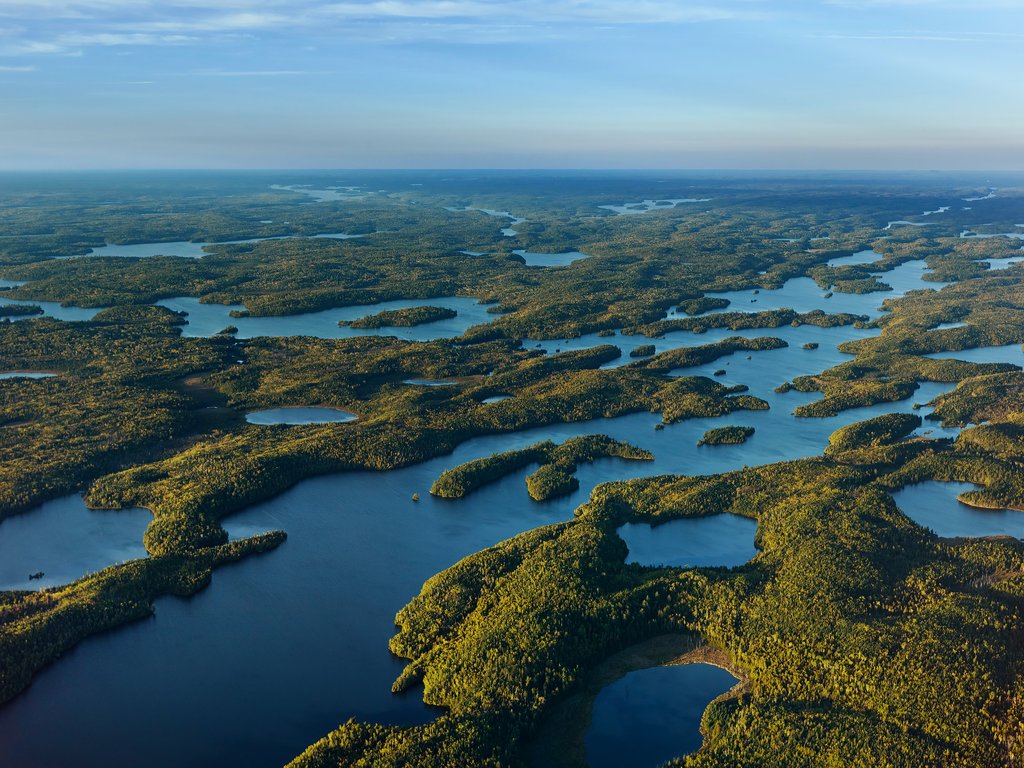National Science Foundation:
“While April showers might bring May flowers, they also contribute to toxic algae blooms, dead zones and declining water quality in U.S. lakes, reservoirs and coastal waters, a new study shows. In the Midwest, the problem is largely due to phosphorus, a key element in fertilizers that is carried off the land and into the water, where it grows algae as easily as it grows corn and soybeans.
Previous research had found that waterways receive most of their annual phosphorus load in only a dozen or two events each year, reports Steve Carpenter, director emeritus of the University of Wisconsin-Madison’s Center for Limnology and lead author of a new paper published online in the journal Limnology and Oceanography. The paper ties those phosphorus pulses to extreme rain events. In fact, Carpenter says, the bigger the rainstorm, the more phosphorus is flushed downstream.”





















